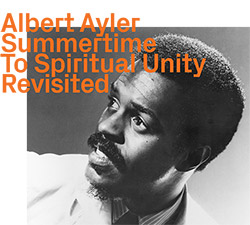
Remastering and reissuing two tracks--"Summertime" and "C.T"--from saxophonist Albert Ayler's 1964 Fontana album My Name Is Albert Ayler with basssist Nils-Henning Orsted Pedersen, drummer Ronnie Gardiner and pianist Nils Bronsted; and his classic and passionate 1965 ESP Disk release Spiritual Unity with double bassist Gary Peacock and drummer Sunny Murray.
In Stock
Quantity in Basket: None
Log In to use our Wish List
Shipping Weight: 3.00 units
EU & UK Customers:
Discogs.com can handle your VAT payments
So please order through Discogs
Sample The Album:
Albert Ayler-tenor saxophone
Nils Bronsted-piano
Nils-Henning Orsted Pedersen-double bass
Ronnie Gardiner-drums
Gary Peacock-double bass
Sunny Murray-drums
Click an artist name above to see in-stock items for that artist.
UPC: 752156115120
Label: ezz-thetics by Hat Hut Records Ltd
Catalog ID: ezz-thetics 1151
Squidco Product Code: 33083
Format: CD
Condition: New
Released: 2023
Country: Switzerland
Packaging: Cardboard Gatefold
Tracks 1 and 2 recorded in Copenhagen. Denmark, on January 14th, 1963.
Tracks 3- 7 recorded in NYC, on July 10th, 1964.
"With his death in 1970 at the age of just 34, the vessel that was Albert Ayler was smashed into a thousand pieces. Critics and, even more paramount, musicians have been trying to glue the pieces of that vessel back together for more than 50 years. He was an iconoclast and a true phe- nomenon. An outsider artist and in that sense a prophet. Albert Ayler was, as he described himself, "the Holy Ghost." His recording career lasted just eight years from 1962-1970, but within that short period, he turned the music world on its head. Besides a few critics, a handful musicians, and even fewer listeners, the revolution that was Ayler's sound passed below the radar for most of us. We have been playing catch up ever since.
If there was no Albert Ayler, it can be argued, there would not have been a total revolution in free jazz. Consider how different the careers of David Murray, Peter Brötzmann, Joe McPhee, Charles Gayle, and Mats Gustafsson would be if there was no Ayler. Plus there would be no musicians to keep his repertory alive such Mars Williams, Marc Ribot, and Jeff Lederer. Lastly, in all probability, the final iterations of John Coltrane's sound from Ascension to Meditations would not have happened in the same manner.
The defining session in Ayler's discography is the July 10, 1964 trio recording that gave us Spiritual Unity. The entrepreneur, lawyer, and Esperanto enthusiast Bernard Stollman encountered the saxophonist at The Baby Grand nightclub in Harlem. In an instant, he decided to start a new record label, ESP-disk, with Ayler as his first artist. The engineer at Valley Arts facility believed it was just a test and recorded it only in mono. The session was a trio outing with bassist Gary Peacock and drummer Sunny Murray. The three had previously recorded a live date Prophecy a month earlier at the Cellar Cafe, but that recording wasn't released until after Ayler's death.
Spiritual Unity is the fusion of music and pure emotion. It is as if Ayler, Peacock, and Murray were devising their own periodic table of elements by atomizing the components of sound, substituting chords for emotions and eschewing any concept of dimensional time. Ayler's compositions, like those of Thelonious Monk, were to be covered many times in upcoming performances and recordings. Unlike Monk who continually reworked his compositions, polishing and refining them, Ayler would do the inverse, deconstructing his compositions and expanding them in multiple directions. Ayler shunned traditional forms, yet paradoxically had a penchant to perform melodies one could hum. This self-contradiction is also heard in Peacock and Murray's performances, where they abandoned conventional roles. Time keeping is replaced by energy pulses, and expression is paramount.
Many a scholar has searched for the genesis of Ayler's sound in an attempt to explain his music. They cite his early love of Charlie Parker which led to Ayler's nickname 'little bird,' his families roots in the American South, his blue collar upbringing in Cleveland, Ohio, the influence of hymns from the sanctified church and the practice of "speaking in tongues," plus his time in the military in Europe which taught him marching band music and exposed him to "La Marseillaise." None of these influences can account for the music Ayler produced throughout his very brief career.
If we put on our detective hats and follow a trail back to an earlier recording for Danish radio from January 14, 1963, My Name Is Albert Ayler (also released with the alternative title Free Jazz) reveals some of the puzzle pieces. Previously in Denmark, Ayler had become an unofficial member of Cecil Taylor's ensemble, but unfortunately the pianist returned to New York before this session took place. Ayler found himself in the company of the expat American drummer Ronnie Gardiner and two Danes, pianist Niels Brønsted and the 16 year old soon to be in demand bassist, Niels-Henning Ørsted Pedersen. The two tracks selected here,"Summertime" by George Gershwin and Ayler's original composition "C.T.," most likely titled for Cecil Taylor, bridge Ayler's past and point directly toward his future. "Summertime" was a jazz standard having been covered by everyone from Billie Holiday to Miles Davis, John Coltrane, and maybe more significant for Ayler, Sidney Bechet. It is apparent Brønsted's chordal instrument, his piano, tethers Ayler to the melody despite his every attempt to break free. Not so with "C.T." where the saxophonist dispatches with Brønsted and for that matter harmony, meter, and arrangement. The music is a preview of things to come and even with the inexperience of his bandmates, that incendiary free sound escapes from this recording."-Mark Corroto, February, 2023
Excerpts from the liner notes on the LP My Name Is Albert Ayler by Erik Wiedemann, 1964:
"'Summertime' was the most extraordinary recording of this session, with Ayler's tenor at its most pathetic, gentle and caressing, so different from anything that has been hoard from other tenors playing ballads. Bronsted shows traces of Bud Powell and Bill Evans in his solo and Orsted is heard pizzicato... Finally 'C.T.' is a free improvisation for tenor saxophone, bass and drums, without any pre-set tempo, metre and chord sequence and thus totally based upon the intuitive response of each musician to the playing of the others. This is probably the direction which Ayler's playing will eventually take, but at the time of this session he was still using traditional forms as well... It is to be hoped that its publication will further the recognition of Albert Ayler at one of the most originally gifted soloists of the new jazz of the 'sixties."

The Squid's Ear!
Artist Biographies
• Show Bio for Albert Ayler "Albert Ayler (born July 13, 1936 - November 25, 1970) was an American avant-garde jazz saxophonist, singer and composer. After early experience playing R&B and bebop, Ayler began recording music during the free jazz era of the 1960s. However, some critics argue that while Ayler's style is undeniably original and unorthodox, it does not adhere to the generally accepted critical understanding of free jazz. In fact, Ayler's style is difficult to categorize in any way, and it evoked incredibly strong and disparate reactions from critics and fans alike. His innovations have inspired subsequent jazz musicians. His trio and quartet records of 1964, such as Spiritual Unity and The Hilversum Session, show him advancing the improvisational notions of John Coltrane and Ornette Coleman into abstract realms where whole timbre, and not just mainly harmony with melody, is the music's backbone. His ecstatic music of 1965 and 1966, such as "Spirits Rejoice" and "Truth Is Marching In", has been compared by critics to the sound of a brass band, and involved simple, march-like themes which alternated with wild group improvisations and were regarded as retrieving jazz's pre-Louis Armstrong roots. Early life and career Born in Cleveland, Ohio, Ayler was first taught alto saxophone by his father Edward, who was a semiprofessional saxophonist and violinist. Edward and Albert played alto saxophone duets in church and often listened to jazz records together, including swing era jazz and then-new bop albums. Ayler's upbringing in the church had a great impact on his life and music, and much of his music can be understood as an attempt to express his spirituality, including the aptly titled Spiritual Unity, and his album of spirituals, Goin' Home, which features "meandering" solos that are meant to be treated as meditations on sacred texts, and at some points as "speaking in tongues" with his saxophone. Ayler's experience in the church and exposure to swing jazz artists also impacted his sound: his wide vibrato was similar to that of gospel saxophonists, who sought a more vocal-like sound with their instruments, and to that of brass players in New Orleans swing bands. Ayler attended John Adams High School on Cleveland's East Side, and graduated in 1954 at the age of 18. He later studied at the Academy of Music in Cleveland with jazz saxophonist Benny Miller. Ayler also played the oboe in high school. As a teenager, Ayler's understanding of bebop style and mastery of standard repertoire earned him the nickname of "Little Bird", after Charlie "Bird" Parker, in the small Cleveland jazz scene. In 1952, at the age of 16, Ayler began playing bar-walking, honking, R&B-style tenor with blues singer and harmonica player Little Walter, spending two summer vacations with Walter's band. In 1958, after graduating from high school, Ayler joined the United States Army, where he switched from alto to tenor sax and jammed with other enlisted musicians, including tenor saxophonist Stanley Turrentine. Ayler also played in the regiment band, along with future composer Harold Budd. In 1959 he was stationed in France, where he was further exposed to the martial music that would be a core influence on his later work. After his discharge from the army, Ayler tried to find work in Los Angeles and Cleveland, but his increasingly iconoclastic playing, which had moved away from traditional harmony, was not welcomed by traditionalists. Ayler relocated to Sweden in 1962, where his recording career began, leading Swedish and Danish groups on radio sessions, and jamming as an unpaid member of Cecil Taylor's band in the winter of 1962-63. (Long-rumored tapes of Ayler performing with Taylor's group were released by Revenant Records in 2004, as part of a 10-CD set.) The album My Name Is Albert Ayler is a session of standards recorded for a Copenhagen radio station with local musicians including Niels-Henning Ørsted Pedersen and drummer Ronnie Gardiner, with Ayler playing tenor and soprano on tracks such as "Summertime".Early recording career In 1963, Ayler returned to the US and settled in New York City, where he continued to develop his personal style and occasionally played alongside free jazz pianist Cecil Taylor. 1964 was the most well-documented year of Ayler's career, during which he recorded many albums, the first of which was Witches and Devils in March of that year. Ayler also began his rich relationship with ESP-Disk Records in 1964, recording his breakthrough album (and ESP's very first jazz album) Spiritual Unity for the then-fledgling record label. ESP-Disk came to play an integral role in recording and disseminating free jazz. Spiritual Unity featured the trio that Ayler had just assembled that summer, including bassist Gary Peacock and drummer Sunny Murray. The liner notes of Spiritual Unity include a brief description of the musicians on that day, July 10, 1964, in the Variety Arts Recording Studio. Just before 1 PM, Sunny Murray arrived, a large, genial walrus....Gary Peacock was next, tall, thin, ascetic looking, and soft spoken....Albert Ayler was last, small, wary, and laconic. On July 17, 1964 the members of this trio, along with trumpet player Don Cherry, alto saxophonist John Tchicai, and trombonist Roswell Rudd, collaborated in recording New York Eye and Ear Control, a freely improvised soundtrack to Canadian artist and filmmaker Michael Snow's film of the same name. During this time, Ayler began to garner some attention from critics, although he was not able to foster much of a fan following. However, later in 1964, Ayler, Peacock, Murray, and Cherry were invited to travel to Europe for a brief Scandinavian tour, which too yielded some new recordings, including The Copenhagen Tapes, Vibrations, and The Hilversum Session. Ayler recorded Bells on May 1, 1965. It is a ferociously-paced 20-minute improvisation featuring his signature military-march influenced melodies. Spirits Rejoice was recorded on September 23, 1965 at Judson Hall in New York City, and features a much larger band than the sparse trio of his earlier album Spiritual Unity. The Encyclopedia of Popular Music describes Spirits Rejoice as a "riotous, hugely emotional and astonishingly creative celebration of the urge to make noise." Both albums feature Albert's brother, trumpet player Donald Ayler, who translated his brother's expansive approach to improvisation to the trumpet. Donald played with Albert until he experienced a debilitating nervous breakdown in 1967. In 1966 Ayler was signed to Impulse Records at the urging of Coltrane, the label's star attraction at that time. But even on Impulse, Ayler's radically different music never found a sizable audience. Ayler's first set for Impulse was recorded a few weeks before Christmas in 1966, entitled Albert Ayler in Greenwich Village. Ayler performed with his brother, Michel Samson, Beaver Harris, Henry Grimes, and Bill Folwell, and his Coltrane was in attendance. For a tune titled "For John Coltrane," Ayler returned to the alto saxophone for the first time in years. Ayler first sang on a recording in a version of "Ghosts" performed in Paris in 1966, in which his vocal style was similar that of his saxophone, with an eerie disregard for pitch. Ayler continued to experiment with vocals for the rest of his career. In 1967, John Coltrane died of liver cancer, and Ayler was asked to perform at his iconic funeral. It is said that during his performance, Ayler ripped his saxophone from his mouth at two points: once, to emit a cry of anguish, the other a cry of joy to symbolize his friend and mentor's ascension into heaven.Final years For the next two and half years Ayler began to move from a mostly improvisatory style to one that focused more closely on compositions. This was largely a result of pressures from Impulse who, unlike ESP-Disk, placed heavier emphasis on accessibility than artistic expression. In 1967 and 1968, Ayler recorded three LPs that featured the lyrics and vocals of his girlfriend Mary Maria Parks and introduced regular chord changes, funky beats, and electronic instruments. Ayler himself sang on his album New Grass, which hearkened back to his roots in R&B as a teenager. However, this album was remarkably unsuccessful, scorned by Ayler fans and critics alike. Ayler staunchly asserted that he wanted to move in this R&B and rock-and-roll direction, and that he was not simply succumbing to the pressures of Impulse and the popular music of that day, and it is true that Ayler heavily emphasizes the spirituality that seems to define the bulk of his work. New Grass begins with the track "Message from Albert," in which Ayler speaks directly to his listener, explaining that this album was nothing like his ones before it, that was of "a different dimension in [his] life." He claims that, "through meditation, dreams, and visions, [he has] been made a Universal Man, through the power of the Creator..." In 1968, Ayler submitted an impassioned, rambling open letter to Cricket magazine entitled "To Mr. Jones-I Had a Vision," in which he describes startling apocalyptic spiritual visions. He "saw in a vision the new Earth built by God coming out of Heaven," and implores the readers to share the message of Revelations, insisting that "This is very important. The time is now." His final album, Music Is the Healing Force of the Universe, featured rock musicians such as Henry Vestine of Canned Heat alongside jazz musicians like pianist Bobby Few. This was a return to his blues-roots with very heavy rock influences, but did feature more of Ayler's signature timbre variations and energetic solos than the unsuccessful New Grass. In July 1970 Ayler returned to the free jazz idiom for a group of shows in France (including at the Fondation Maeght), but the band he was able to assemble (Call Cobbs, bassist Steve Tintweiss and drummer Allen Blairman) was not regarded as being of the caliber of his earlier groups. Ayler disappeared on November 5, 1970, and he was found dead in New York City's East River on November 25, a presumed suicide. For some time afterwards, rumors circulated that Ayler had been murdered, with a long standing urban legend that the Mafia tied him to a jukebox. Later, however, Parks would say that Ayler had been depressed and feeling guilty, blaming himself for his brother's problems. She stated that, just before his death, he had several times threatened to kill himself, smashed one of his saxophones over their television set after she tried to dissuade him, then took the Statue of Liberty ferry and jumped off as it neared Liberty Island. He is buried in Highland Park Cemetery in Beachwood, Ohio." ^ Hide Bio for Albert Ayler • Show Bio for Nils-Henning Orsted Pedersen "Niels-Henning Ørsted Pedersen, 27 May 1946 - 19 April 2005), also known by his abbreviated nickname NHØP, was a Danish jazz double bassist. Pedersen was born in Osted, near Roskilde, on the Danish island of Zealand, the son of a church organist. As a child, Ørsted Pedersen played piano, but from the age of 13, he started learning to play upright bass and at the age of 14, while studying, he began his professional jazz career in Denmark with his first band, Jazzkvintet 60 (Danish for Jazz Quintet 60). By the age of fifteen, he had the ability to accompany leading musicians at nightclubs, working regularly at Copenhagen's Jazzhus Montmartre, after his debut there on New Year's Eve 1961, when he was only 15. When seventeen, he had already turned down an offer to join the Count Basie orchestra, mainly because he was too young to get legal permission to live and work as a musician in the United States. The Montmartre was a regular stop-off for touring American Jazz stars, and as a member of the house band, the young Ørsted Pedersen performed with saxophonists such as Sonny Rollins, Dexter Gordon, Rahsaan Roland Kirk and Stan Getz, and pianist Bill Evans, with whom he toured in Europe in 1965. During the 1960s, Pedersen played with a series of other important American jazzmen who were touring or resident in Denmark, including Ben Webster, Brew Moore, Bud Powell, Count Basie, Roy Eldridge, Dizzy Gillespie, Jackie McLean, and vocalist Ella Fitzgerald. He is perhaps best known for his extensive collaboration with Oscar Peterson from 1972 to 1987. His predecessor, Ray Brown, thought highly of the Dane and regarded him as the only upright bassist equal to the task of keeping up with the pianist. He was awarded Best Bass Player of the Year by DownBeat Critics' Poll in 1981. Ørsted Pedersen worked in duo and trio arrangements with pianist Kenny Drew, recording over 50 albums together. He also worked with Stéphane Grappelli and Joe Pass and recorded extensively as a leader. His best known songs are "My Little Anna", "Jaywalkin'", and "The Puzzle", as well as jazz arrangements of traditional Danish folk songs. A duo performance with Rune Gustafsson at Vossajazz 1980, concluded on the album Just The Way You Are on the label Sonet Gramofon, recorded half a year after this first meeting. He was awarded the Nordic Council Music Prize in 1991. Pedersen had a particular ability to interpret Danish songs and folk melodies. He often played within trio ensembles, partly collectively with the trumpeter Palle Mikkelborg and the keyboard player Kenneth Knudsen, and partly under his own name, usually with guitarists like Philip Catherine and Ulf Wakenius. In 1999, he co-led a duo with pianist Mulgrew Miller, touring Europe, Japan, Australia, and Korea. This format was later enlarged into a trio featuring drummer Alvin Queen. This trio remained intact until Pedersen's death. Ørsted Pedersen died of heart failure in 2005 at the age of 58 in Copenhagen, Denmark. He was survived by his wife, Solveig, and his three children." ^ Hide Bio for Nils-Henning Orsted Pedersen • Show Bio for Ronnie Gardiner "Ronnie Gardiner has been active as a jazz musician in Sweden for over 50 years. He has participated in recording over 85 cds and has played with many of the most prominent Swedish artists as well as numerous internationally renowned jazz musicians, such as, Dizzy Gillespie, Benny Carter, Gerry Mulligan and Dexter Gordon. In 1998 he established a scholarship in recognition of young jazz talent in Sweden." ^ Hide Bio for Ronnie Gardiner • Show Bio for Gary Peacock "Gary Peacock (born May 12, 1935, in Burley, Idaho, United States) is an American jazz double-bassist. After military service in Germany, in the early sixties he worked on the west coast with Barney Kessel, Bud Shank, Paul Bley and Art Pepper, then moved to New York. He worked there with Bley, the Bill Evans Trio (with Paul Motian), and Albert Ayler's trio with Sunny Murray. There were also some live dates with Miles Davis, as a temporary substitute for Ron Carter. Peacock spent time in Japan in the late 1960s, abandoning music temporarily and studying Zen philosophy. After returning to the United States in 1972, he studied Biology at the University of Washington in Seattle, and taught music theory at Cornish College of the Arts from 1976 to 1983. In 1983 he joined Keith Jarrett's "Standards Trio" with Jack DeJohnette (the three musicians had previously recorded Tales of Another in 1977 for ECM Records, under Peacock's leadership). Among the trio's albums are Standards, Vol. 1 and Standards, Vol. 2 and Standards Live. With the breakup of the "Standards Trio" in 2014, Peacock decided to continue his career as the leader of his own piano trio, with Marc Copland on piano and Joey Baron on drums. His 80th birthday year (2015) saw him touring worldwide with this trio to support their ECM release." ^ Hide Bio for Gary Peacock • Show Bio for Sunny Murray "James Marcellus Arthur "Sunny" Murray (born September 21, 1936 in Idabel, Oklahoma) is one of the pioneers of the free jazz style of drumming. Murray spent his youth in Philadelphia before moving to New York City where he began playing with Cecil Taylor: "We played for about a year, just practicing, studying - we went to workshops with Varèse, did a lot of creative things, just experimenting, without a job" He was featured on the influential 1962 concerts in Denmark released as Nefertiti the Beautiful One Has Come. Murray was among the first to forgo the drummer's traditional role as timekeeper in favor of purely textural playing. "Murray's aim was to free the soloist completely from the restrictions of time, and to do this he set up a continual hailstorm of percussion ... continuous ringing stickwork on the edge of the cymbals, an irregular staccato barrage on the snare, spasmodic bass drum punctuation and constant, but not metronomic, use of the sock-cymbal" After his period with Taylor's group, Murray's influence continued as a core part of Albert Ayler's trio who recorded Spiritual Unity: "Sunny Murray and Albert Ayler did not merely break through bar lines, they abolished them altogether." He later recorded under his own name for ESP-Disk and then when he moved to Europe for BYG Actuel." ^ Hide Bio for Sunny Murray
7/9/2025
Have a better biography or biography source? Please Contact Us so that we can update this biography.
7/9/2025
Have a better biography or biography source? Please Contact Us so that we can update this biography.
7/9/2025
Have a better biography or biography source? Please Contact Us so that we can update this biography.
7/9/2025
Have a better biography or biography source? Please Contact Us so that we can update this biography.
7/9/2025
Have a better biography or biography source? Please Contact Us so that we can update this biography.
Track Listing:
1. Summertime 8:47
2. C.T. 12:04
3. Ghosts: First Variation 5:18
4. The Wizard 7:29
5. Spirits 6:54
6. Ghosts: Second Variation 10:10
7. Variations 7:49
Hat Art
Improvised Music
Jazz
Free Improvisation
NY Downtown & Metropolitan Jazz/Improv
European Improvisation, Composition and Experimental Forms
Jazz Reissues
Trio Recordings
Quartet Recordings
Staff Picks & Recommended Items
New in Improvised Music
Search for other titles on the label:
ezz-thetics by Hat Hut Records Ltd.

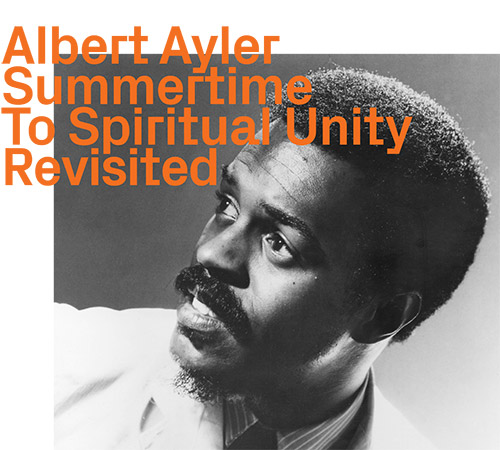
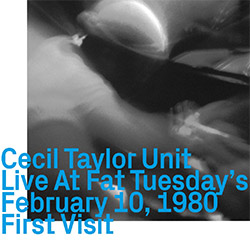
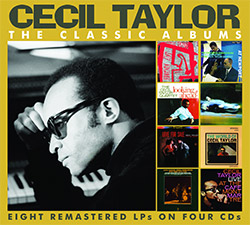
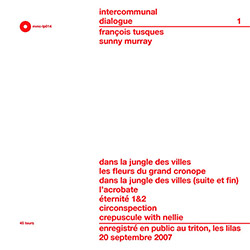
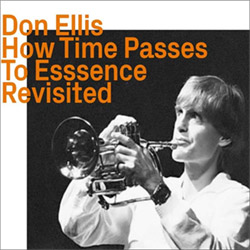
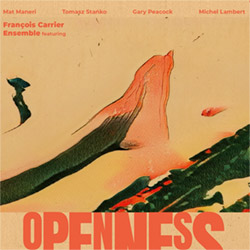
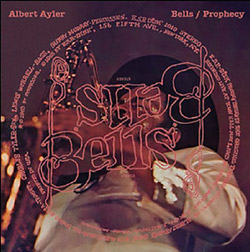
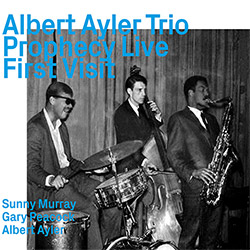
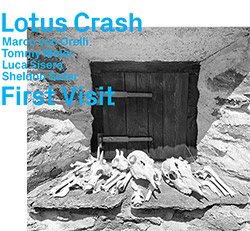

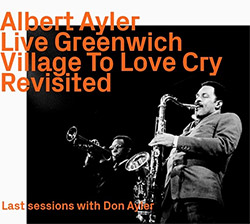
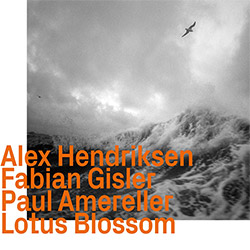
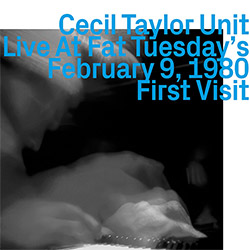
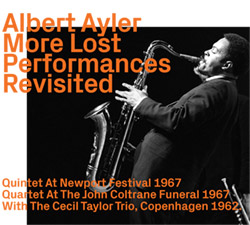
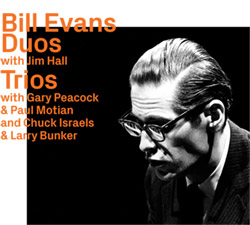
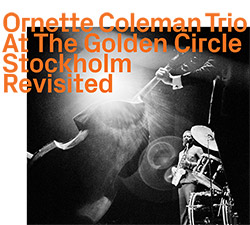
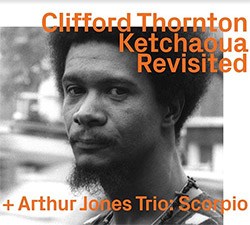
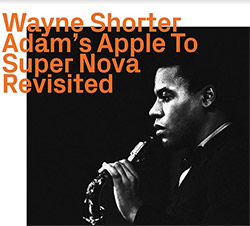
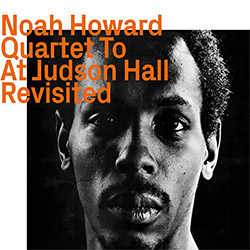
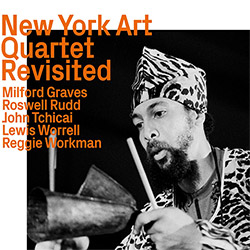
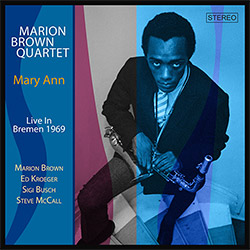
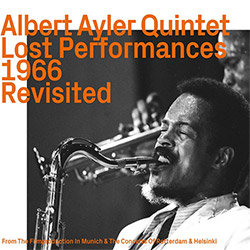
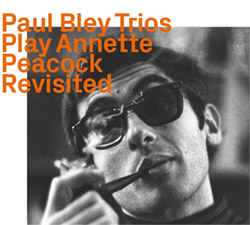
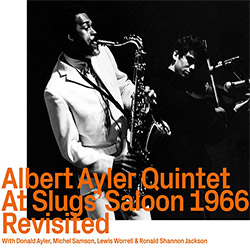
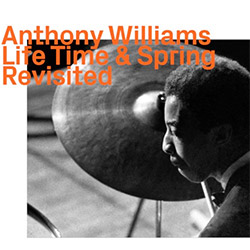
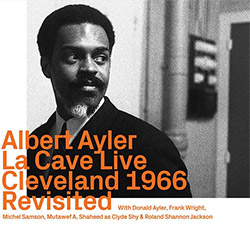


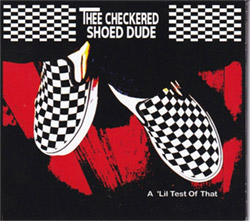
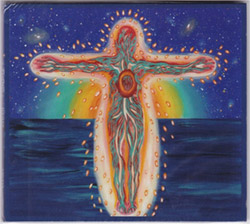
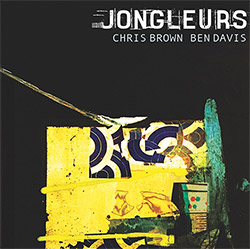
![BlueRing Improvisers: Materia [2 CDs]](https://www.teuthida.com/productImages/misc4/36513.jpg)
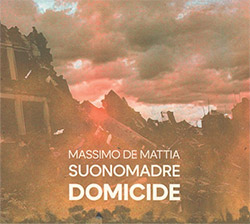
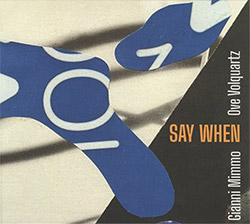
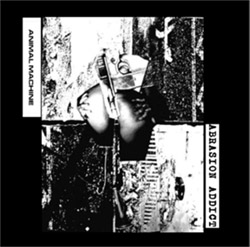

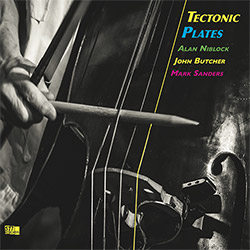
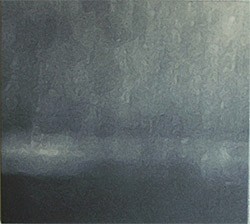

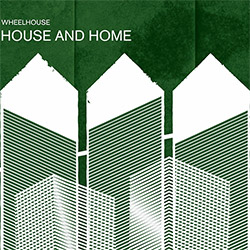
![Wheelhouse (Rempis / Adasiewicz / McBride): House And Home [VINYL]](https://www.teuthida.com/productImages/misc4/36462.jpg)
![+DOG+: The Light Of Our Lives [2 CDs]](https://www.teuthida.com/productImages/misc4/36009.jpg)

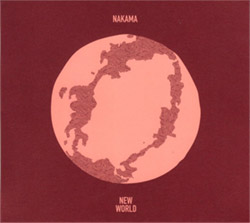
![Parker, Evan / Jean-Marc Foussat: Insolence [VINYL]](https://www.teuthida.com/productImages/misc4/36398.jpg)
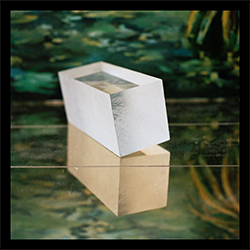
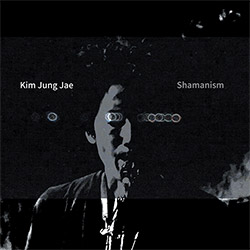
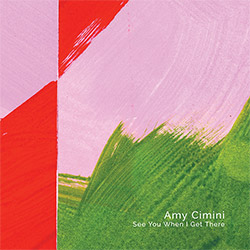
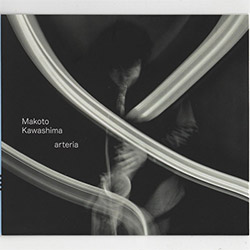
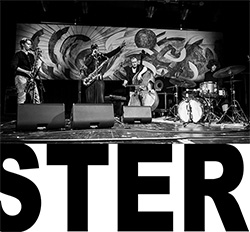
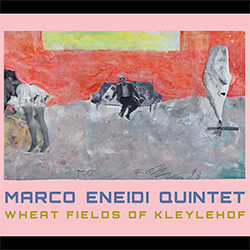
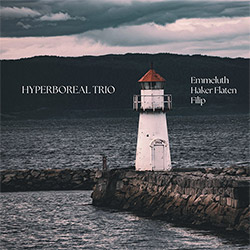
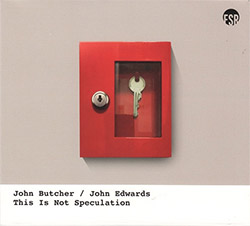
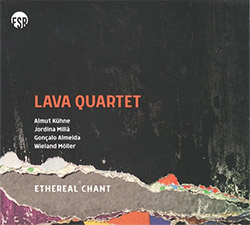
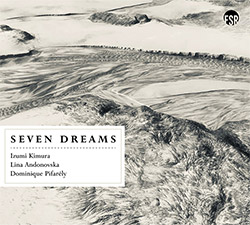
![Deupree, Jerome / Sylvie Courvoisier / Lester St. Louis / Joe Morris: Canyon [2 CDs]](https://www.teuthida.com/productImages/misc4/36404.jpg)

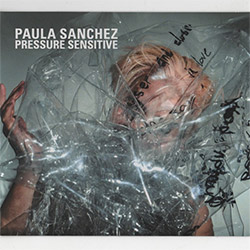

![Eventless Plot | Haarvol: The Subliminal Paths [CASSETTE + DOWNLOAD]](https://www.teuthida.com/productImages/misc4/36232.jpg)

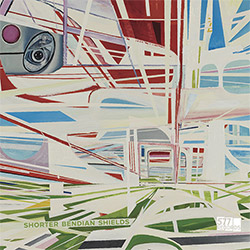
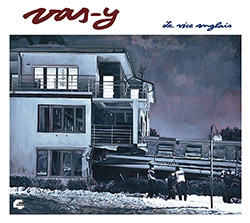
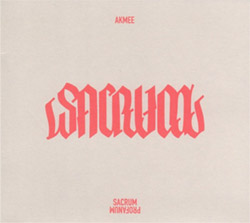

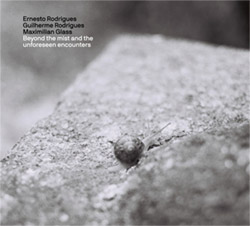
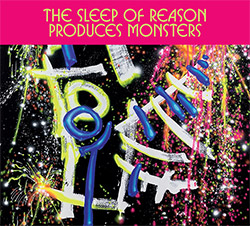
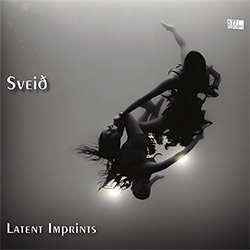
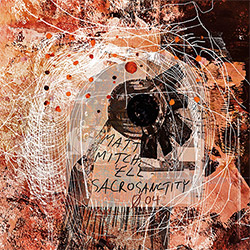
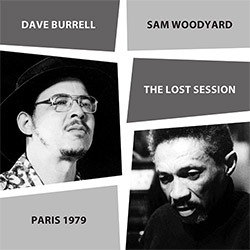
![Eventless Plot | Francesco Covarino: Methexis [CASSETTE + DOWNLOAD]](https://www.teuthida.com/productImages/misc4/36231.jpg)
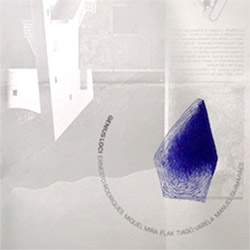
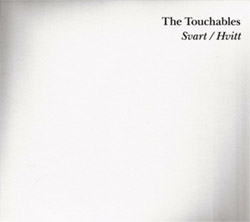
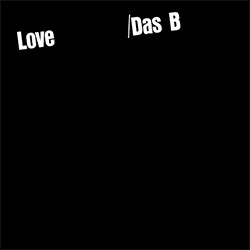
![Das B (Mazen Kerbaj / Mike Majkowski / Magda Mayas / Tony Buck): Love [VINYL]](https://www.teuthida.com/productImages/misc4/36329.jpg)
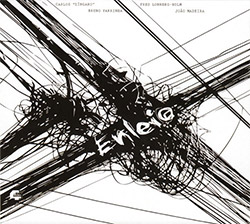

![Eternities: Rides Again [CASSETTE]](https://www.teuthida.com/productImages/misc4/36247.jpg)
![Lopez, Francisco: Untitled (2021-2022) [2 CDs]](https://www.teuthida.com/productImages/misc4/36438.jpg)


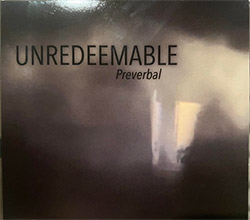
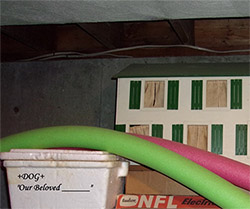
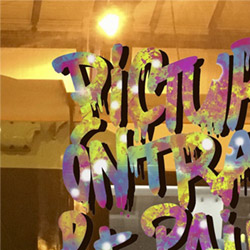
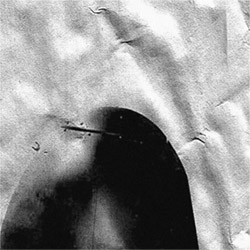
![Money : Money 2 [2 CDs]](https://www.teuthida.com/productImages/misc4/35894.jpg)
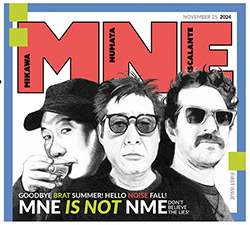

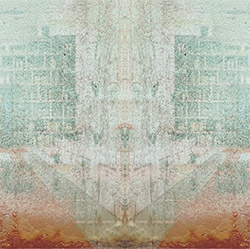
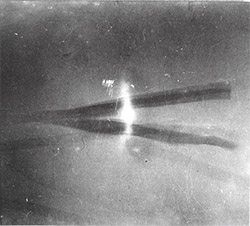
![Klinga, Erik: Elusive Shimmer [VINYL]](https://www.teuthida.com/productImages/misc4/36258.jpg)
![CHANGES TO blind (Phil Zampino): Volume 9 - I Wave on a Fine Vile Mist [CD + DOWNLOAD]](https://www.teuthida.com/productImages/misc4/36061.jpg)

![Wallmart / Rubbish: Asset Protection [split CD]](https://www.teuthida.com/productImages/misc4/35900.jpg)
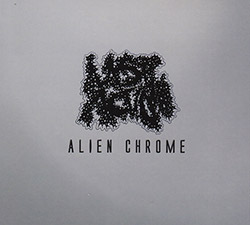
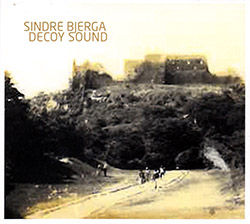
![+Dog+: The Family Music Book Vol. 5 [2 CDs]](https://www.teuthida.com/productImages/misc4/35897.jpg)
![Kuvveti, Deli : Kuslar Soyledi [CASSETTE w/ DOWNLOAD]](https://www.teuthida.com/productImages/misc4/36107.jpg)

![Brown, Dan / Dan Reynolds: Live At The Grange Hall [unauthorized][CASSETTE]](https://www.teuthida.com/productImages/misc4/36245.jpg)


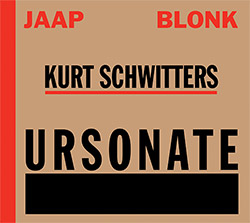
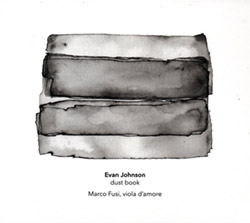
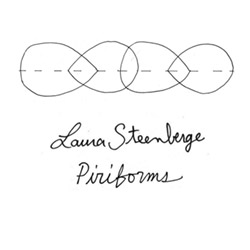
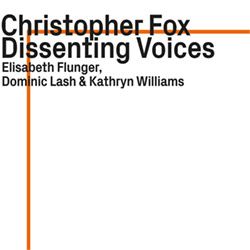

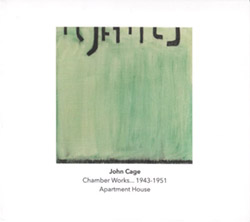
![Palestine, Charlemagne / Seppe Gebruers: Beyondddddd The Notessssss [VINYL]](https://www.teuthida.com/productImages/misc4/36206.jpg)
![Palestine, Charlemagne / Seppe Gebruers: Beyondddddd The Notessssss [NEON GREEN VINYL]](https://www.teuthida.com/productImages/misc4/36207.jpg)
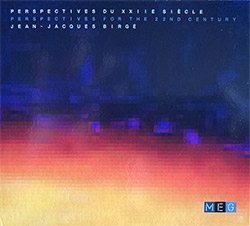
![Laubrock, Ingrid: Purposing The Air [2 CDs]](https://www.teuthida.com/productImages/misc4/35639.jpg)
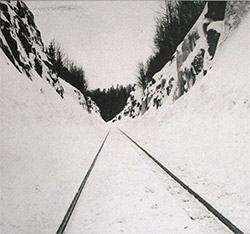
![Yoko, Ono / The Great Learning Orchestra: Selected Recordings From Grapefruit [2 CDs]](https://www.teuthida.com/productImages/misc4/35841.jpg)

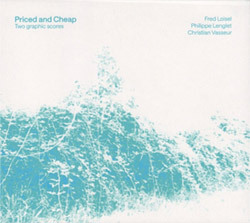
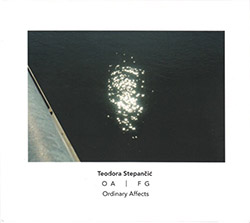
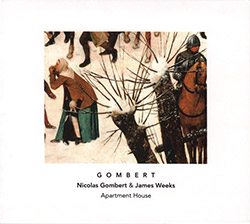

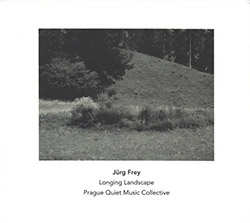
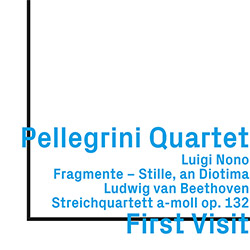

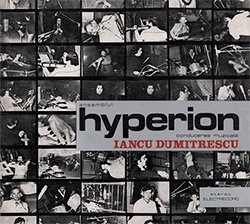
![Zorn, John / JACK Quartet: The Complete String Quartets [2 CDs]](https://www.teuthida.com/productImages/misc4/35609.jpg)
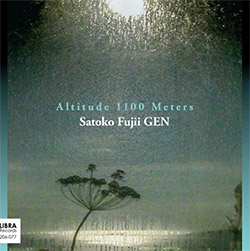
![Lonsdale, Eden: Dawnings [2 CDs]](https://www.teuthida.com/productImages/misc4/35480.jpg)
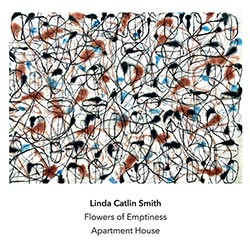
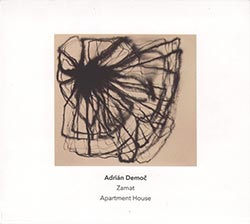

![Sorry For Laughing (G. Whitlow / M. Bates / Dave-Id / E. Ka-Spel): Rain Flowers [2 CDS]](https://www.teuthida.com/productImages/misc4/35985.jpg)

![Rolando, Tommaso / Andy Moor : Biscotti [CASSETTE w/ DOWNLOADS]](https://www.teuthida.com/productImages/misc4/36106.jpg)


![Electric Bird Noise / Derek Roddy: 8-10-22 [CD EP]](https://www.teuthida.com/productImages/misc4/35970.jpg)








![Elephant9 : Mythical River [VINYL]](https://www.teuthida.com/productImages/misc4/34624.jpg)



![Elephant9 with Terje Rypdal: Catching Fire [VINYL 2 LPs]](https://www.teuthida.com/productImages/misc4/35355.jpg)
![Deerlady (Obomsawin, Mali / Magdalena Abrego): Greatest Hits [VINYL]](https://www.teuthida.com/productImages/misc4/34876.jpg)
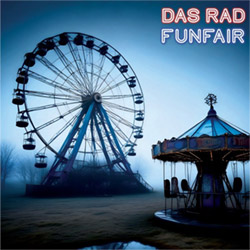
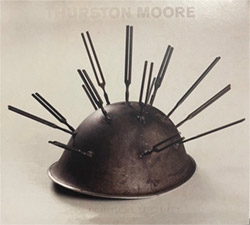
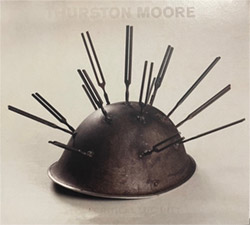
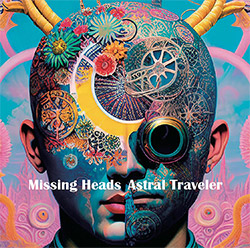
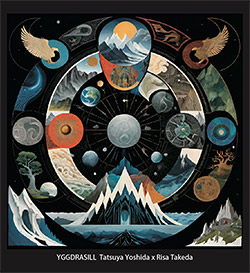
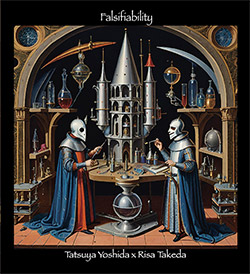
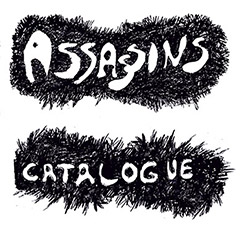
![Surplus 1980: Illusion of Consistency [CD]](https://www.teuthida.com/productImages/misc4/35069.jpg)
![Staiano, Moe: Away Towards the Light [VINYL + DOWNLOAD]](https://www.teuthida.com/productImages/misc4/35037.jpg)
![Coley, Byron: Dating Tips for Touring Bands [VINYL]](https://www.teuthida.com/productImages/misc4/17906.jpg)

![Lost Kisses: My Life is Sad & Funny [DVD]](https://www.teuthida.com/productImages/misc4/lostKissesDVD.jpg)